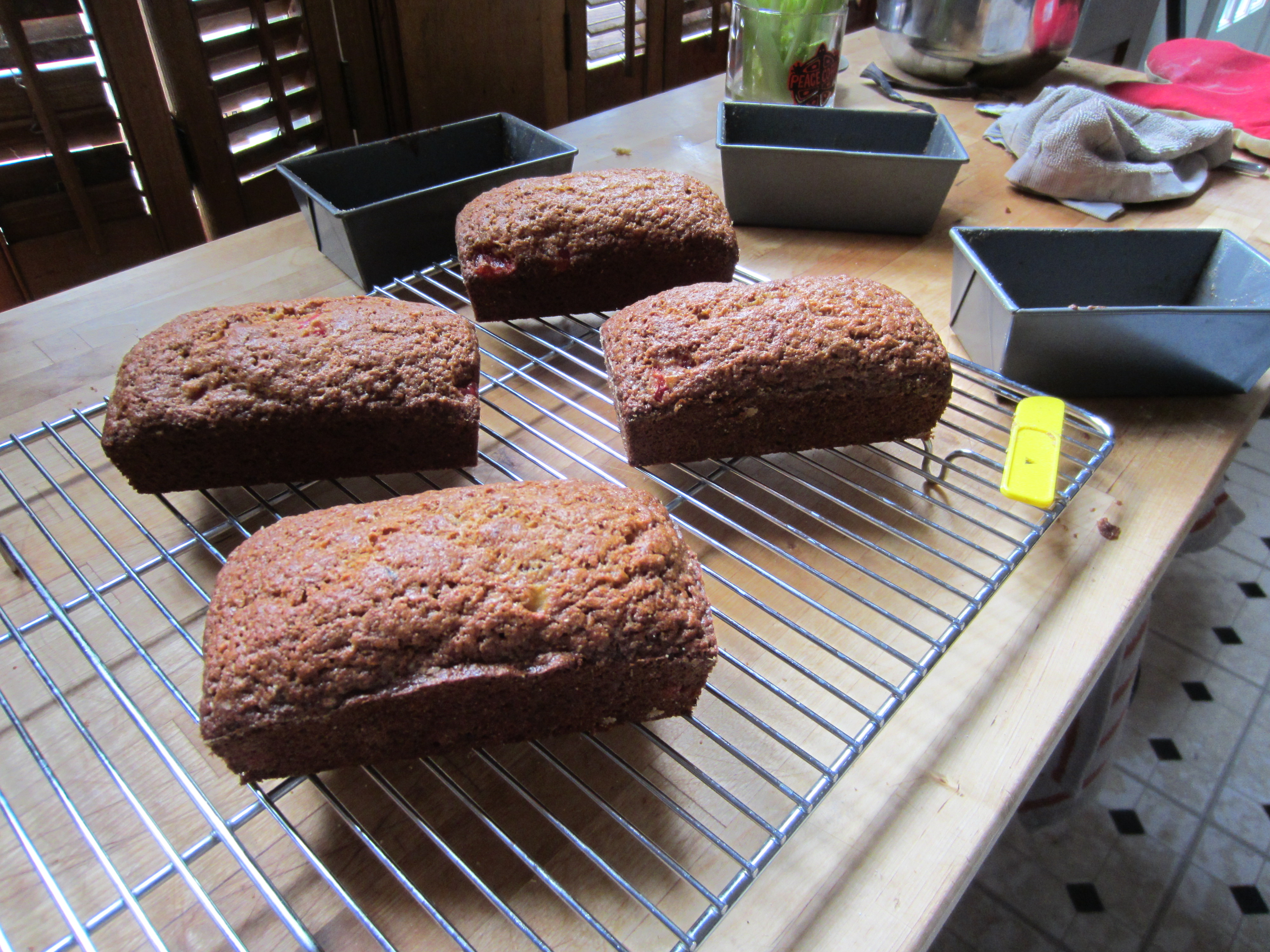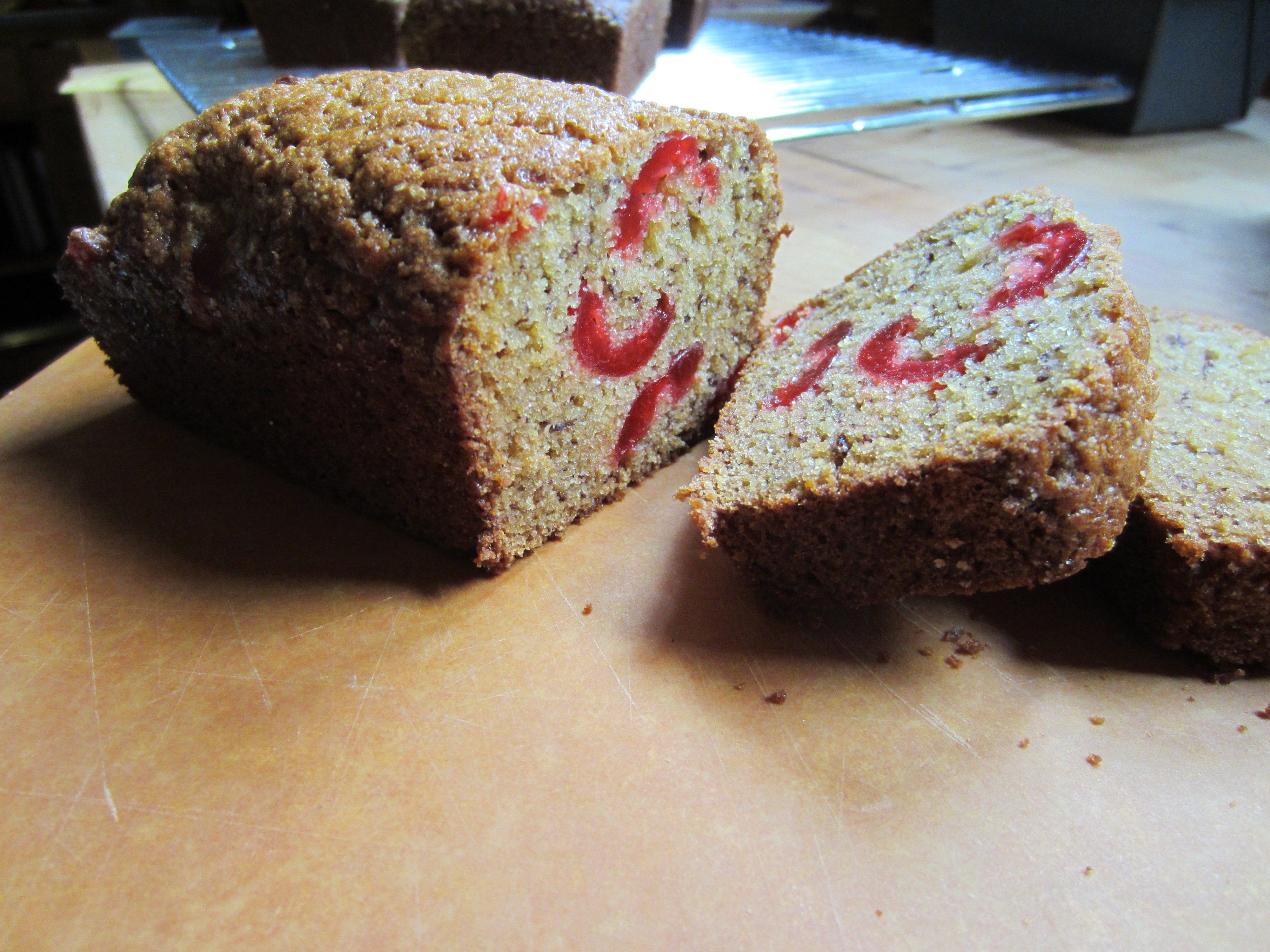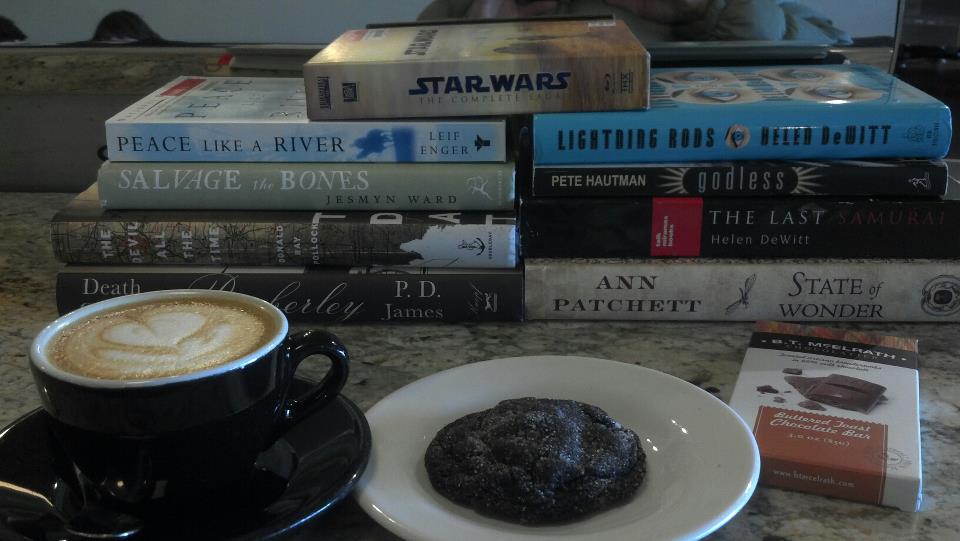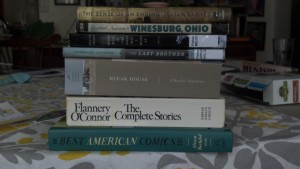I’ve been thinking about weight, lately. Sometime within the last weeks, something prompted me to write about it. Now I can’t remember what that was. Perhaps it will come to me as I write. But in any case, weight.
(Maybe it was watching the Oscars and thinking Angelina and Rose Byrne needed to eat more?)
In Tina Fey’s Bossypants, which I recommend, in the section “Remembrances of Being Very Very Skinny” she writes,
For a brief time at the turn of the century, I was very skinny.
Funny anecdotes ensue, then she finishes:
We should leave people alone about their weight. Being skinny for a while (provided you actually eat food and don’t take pills or smoke to get there) is a perfectly fine pastime. Everyone should try it once, like a super-short haircut or dating a white guy.
The next section, “Remembrances of Being a Little Bit Fat” starts
For a brief time at the end of that last century I was over-weight.
Funny anecdotes ensue, then she finishes:
We should leave people alone about their weight. Being chubby for a while (provided you don’t give yourself diabetes) is a natural phase of life and nothing to be ashamed of. Like puberty or slowly turning into a Republican.
The Tina Fey comments reminded me of something I’m pretty sure I read in O. Which is a better magazine than you might think if you just recoiled, and for better or worse, I’m the demographic. Anyhoo, an article about weight suggested charting your weight’s peaks and valleys over your life and noting how your life was at that time, and how your life probably isn’t at the same point it was when you were your skinniest, and may never get there again. If you read the sections in Bossypants, Tina Fey says pretty much the same thing with anecdotal evidence.
(Wait, maybe is was how I went to a party a couple weeks ago and got many compliments on how good I looked, and wondered if it was because I’d lost sudden weight after just coming off the stomach flu.)
So, in my life, in the middle of the 00’s, I was skinny. For pretty much the first time in my life. I went to a doctor because I had some bumps under my skin and she said, “Those are lymph nodes. Most people can’t feel them but you can because you’re so skinny.” I didn’t feel skinny. People would tell me that I was and I wouldn’t believe them. It was only years later, as I gave away the clothes I wore during that period (goodbye, size 6 Long N Lean jeans), or saw pictures of myself from that time, that I could acknowledge, yep, I was skinny.
At the time, my husband and were DINKs: double income, no kids. I went to a power yoga class about 3 times a week. We lived half a mile from our jobs, so we walked to work. I didn’t eat gluten, because a holistic chiropracter told me I shouldn’t, so I was extremely mindful of what I did eat.
(Maybe I was thinking about weight after I walked into the boys’ room in the morning to tell them to get dressed. I had on a shirt and underwear, but no pants. 6yo Guppy pointed at me and said, with delight in his voice, “Fat legs!”)
A funny thing was, around this time, I went to visit a friend of mine who had also lost a lot of weight. She looked lovely. Yet I thought she’d looked better before, and was reminded of one of my favorite scenes in Bridget Jones’ diary, when she finally loses the weight she obsesses over, puts on the LBD, goes and out and all her friends ask if she is ill. Maybe losing weight isn’t all that it’s cracked up to be.
In the wake of Guppy’s birth, I became generally depressed and anxious. As my crack team of medical professionals tinkered with this and that solution, I first lost a bunch of weight then gained it back after a med switch. When we reversed the switch, I thought I’d lose the weight again, and said so to my doctor.
She laughed, not unkindly. “Welcome to 40, honey,” she said, with sympathy. And I’ve been pretty steady since then, back at the same point I was for a long time in my 30s. Rounder than I’d like, but within the bounds of health.
(The most likely answer is that I was reacting to something I read on Sally McGraw’s excellent blog, Already Pretty, because last week was body image warrior week.)
I don’t own a scale. For a long time, I didn’t have a full-length mirror. I don’t obsess about my weight, yet there are still times when it bothers me, like when I have to hop up and down to get in a pair of newly washed jeans.
My point, and I do have one, is that it’s complicated, isn’t it? I wish I were without judgment, for myself and others, and while that judgment has softened over time, it’s not gone. Perhaps I can just aspire to Fey’s words: “We should just leave people alone about their weight” and include myself with that, then recognize when I fail, pick myself up and start over again, possibly a bit wiser. That’s life in general, though, isn’t it?
 Melted butter. I put a stick of butter in the microwave for 30 seconds, which leaves bergs of butter then stir with a fork till the warm butter melts the bergs.
Melted butter. I put a stick of butter in the microwave for 30 seconds, which leaves bergs of butter then stir with a fork till the warm butter melts the bergs. I used the chemically colored/flavored/sweetened cherries but not the organic vanilla in deference to the original recipe.
I used the chemically colored/flavored/sweetened cherries but not the organic vanilla in deference to the original recipe. Black-enough bananas. If your bananas aren’t this gross, you can roast them in the pre-heating oven.
Black-enough bananas. If your bananas aren’t this gross, you can roast them in the pre-heating oven. Eggs from happy chickens. Really–they have names and their owner pets them.
Eggs from happy chickens. Really–they have names and their owner pets them. Buttered, floured sides give the bread something to cling to as it rises.
Buttered, floured sides give the bread something to cling to as it rises. Why yes, I _do_ use a Play-doh knife to take the loaves out so I don’t scratch the non-stick pans.
Why yes, I _do_ use a Play-doh knife to take the loaves out so I don’t scratch the non-stick pans.

